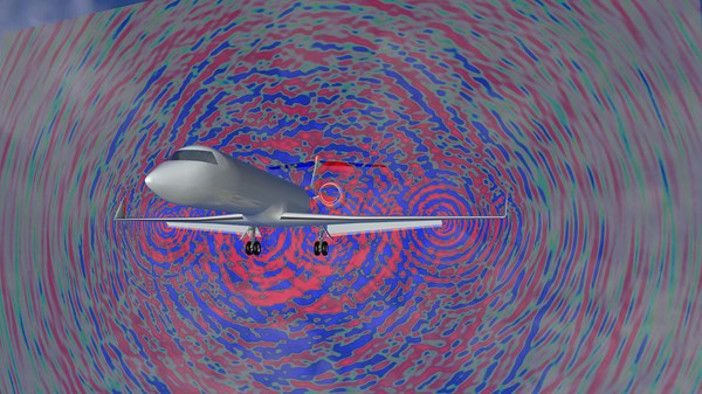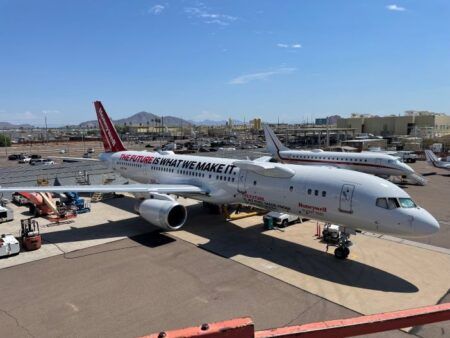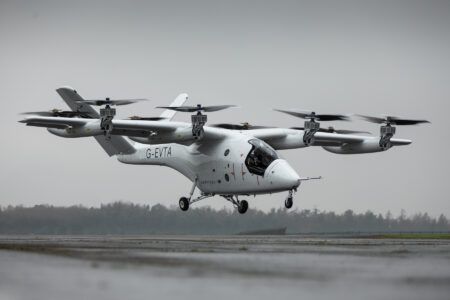NASA is expanding its usage of a software system for the simulation of concepts to reduce aircraft noise within NASA’s Environmentally Responsible Aviation (ERA) project.
The system from Exa Corporation, named PowerFLOW, used predictions that were, according to the company, successfully validated against high-fidelity wind-tunnel tests in 2013, and now, after the cancellation of a planned flight test due to budget constraints, NASA is using PowerFLOW simulations of a full-scale aircraft with flap and landing gear noise treatments to reach the original airframe noise objectives of the project.
Speaking exclusively to Aerospace Testing International, VP of Aerospace with Exa, Dr Swen Noelting, said, “The simulations capture every relevant detail of the fuselage, wing with extended flaps, and landing gears of the full scale business jet, down to components of less than 1mm in size on an aircraft with 28m wingspan.
“These are unsteady simulations, unlike typical CFD simulations which produce only steady-state (averaged) flow results. This enables us to directly capture flow fluctuations, which are the cause of noise. From the fluctuating flow close to the aircraft, and the resulting noise, we calculate the noise heard on the ground from an airplane flying hundreds of meters overhead, enabling us to assess the impact and efficiency of noise reduction concepts mounted on the wing and landing gears.
Mehdi Khorrami, senior research engineer at NASA Langley Research Center, stated, “We are raising the bar with full-scale simulations. This is challenging stuff, at the frontiers of computational fluid dynamics. The simulations of the full-scale aircraft with noise-reduction concepts will help recover a significant part of the loss of the flight test. In addition, the simulations provide valuable insight into the sources of airframe noise.”
In a statement, Exa said that the reduction of noise generated by landing gear and high-lift wings is critical to meet the lower community noise targets of the future. Using simulation to test realistic noise-reduction concepts is an extremely challenging task for CFD. It is difficult to accurately predict the noise heard on the ground due to complex interactions between landing gears, wings and other parts of the aircraft. In addition, the highly complex geometry of the landing gears has to be represented exactly in the simulation since even small geometry details can have significant impact on community noise.





